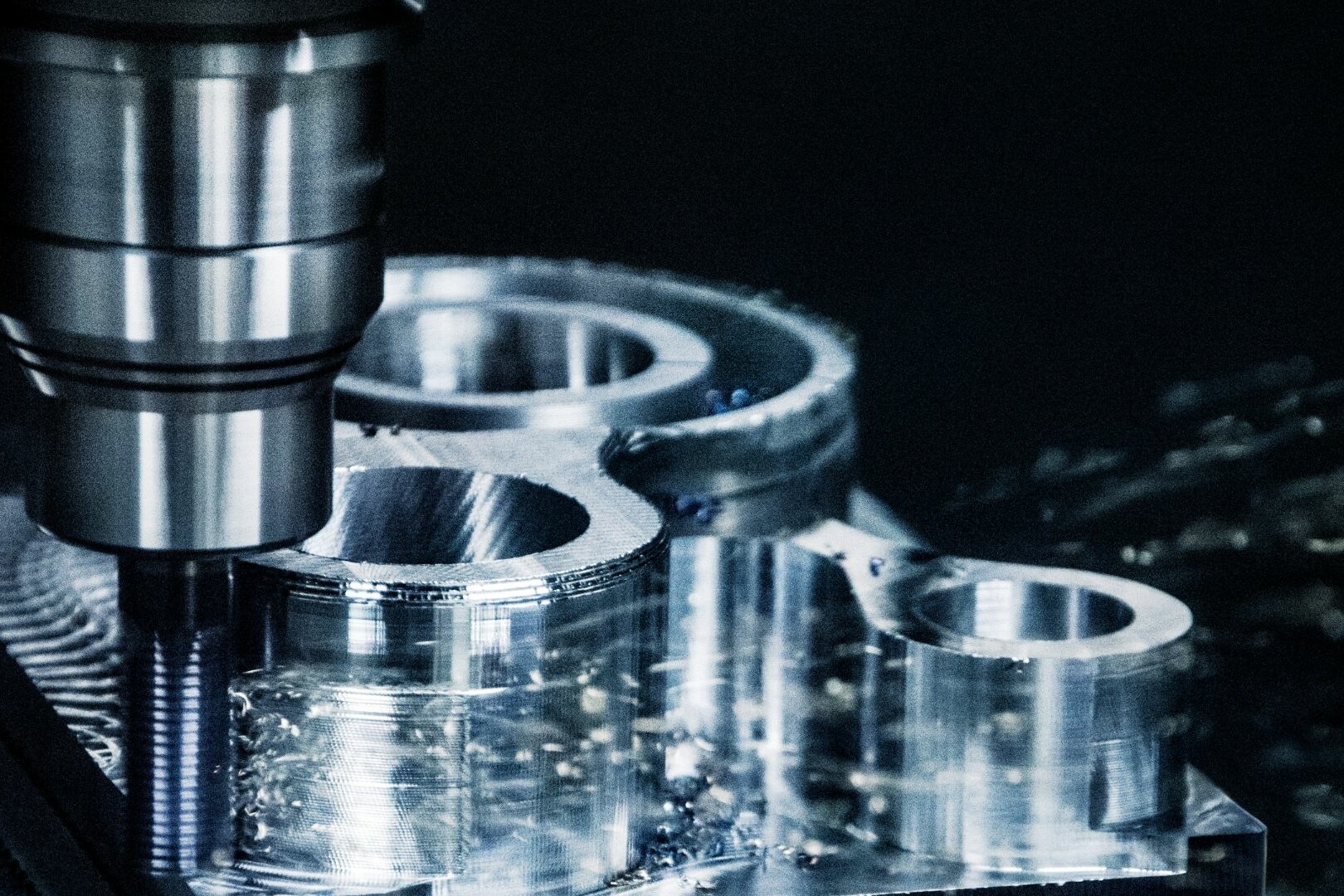Preventive Maintenance Optimization (PMO) is a powerful methodology that combines predictive maintenance techniques with optimization strategies to revolutionize maintenance activities and significantly improve overall equipment reliability. By harnessing the power of data analysis, machine learning, and statistical modeling, PMO enables proactive scheduling of maintenance activities and accurate prediction of equipment failures. Explore the key elements of Preventive Maintenance Optimization and learn how it empowers organizations to achieve a more optimized and efficient maintenance approach.
Predictive Maintenance
At the core of Preventive Maintenance Optimization lies predictive maintenance, a crucial component that relies on condition monitoring techniques like sensor data, IoT devices, and machine learning algorithms. These tools gather real-time information about equipment health and performance, allowing organizations to detect patterns and indicators of potential failures before they occur. Proactively monitoring equipment condition with PMO ensures timely intervention and minimizes the risk of unexpected breakdowns.
Failure Prediction
Leveraging the wealth of data collected, PMO employs predictive models and advanced algorithms to identify patterns or anomalies signaling an impending equipment failure. Through historical data and machine learning, Preventive Maintenance Optimization forecasts potential failures with a higher degree of accuracy, empowering organizations to take preemptive action. By leveraging these insights, maintenance teams can effectively plan and execute maintenance tasks, reducing downtime and optimizing resource utilization.
Maintenance Optimization
Once potential failures are predicted, PMO enables the optimization of maintenance activities. This process involves developing maintenance schedules that minimize disruption to operations while maximizing the utilization of maintenance resources. By addressing issues before they escalate into failures, Preventive Maintenance Optimization helps prevent costly breakdowns and reduces maintenance downtime. Striking a balance between maintenance requirements and operational efficiency allows organizations to improve overall productivity.
Data Analytics
An integral aspect of PMO is the utilization of data analytics techniques to process and analyze vast volumes of sensor data, equipment logs, and other relevant information. Extracting actionable insights from this data empowers organizations to make informed decisions about maintenance strategies, spare parts management, and asset performance optimization. The data-driven nature of Preventive Maintenance Optimization identifies trends, patterns, and potential areas for improvement, leading to more efficient and effective maintenance practices.
Continuous Improvement
PMO is an iterative process that continuously improves over time. Collecting feedback and performance data enables organizations to refine predictive models, optimize maintenance schedules, and enhance overall maintenance strategies. The continuous improvement cycle ensures that PMO remains dynamic and adaptive to evolving equipment conditions and changing operational needs. Through this iterative approach, organizations achieve ongoing advancements in maintenance efficiency, reliability, and cost-effectiveness.
Preventive Maintenance Optimization (PMO) offers organizations a powerful methodology to transform their maintenance activities and enhance equipment reliability. By harnessing predictive analytics, machine learning, and optimization strategies, PMO enables proactive maintenance planning, accurate failure prediction, and optimized resource utilization. With its focus on data-driven decision-making and continuous improvement, PMO empowers organizations to achieve a more optimized maintenance approach, leading to reduced downtime, improved equipment reliability, and enhanced operational efficiency. Embracing PMO can drive significant cost savings and ensure smooth operations in industries where unexpected malfunctions, strict production schedules, and high inventory and upkeep costs are prevalent.
Recommended Blog Posts
September 4, 2023
Powerful Signal Analysis Tools for Vibration Analysis
Predictive maintenance, crucial for machinery reliability, heavily relies on vibration analysis. Techniques like FFT…
September 4, 2023
Rotating Machinery Vibration Analysis
Vibration analysis is a critical tool in various industries like manufacturing, power generation, and transportation.…
December 28, 2022
Fault Diagnostic Technique Using Machine Mode Similarity Analysis
AI can diagnose machine faults with vibration data but machine mode similarity analysis is an alternative, it uses…
September 15, 2022
Understanding Rotating Machinery Data
Machine data is generated by physical attributes and actions of machines, collected by sensors and analyzed for…
August 6, 2021
Envelope Analysis
Bearings are critical elements in rotating machines, they support radial and axial loads, and reduce friction. Real…
May 6, 2021
What is Cepstral Analysis?
Cepstral Analysis, a tool used to detect periodicity in frequency spectrum, can be useful in gearbox fault detection in…
October 9, 2020
How is Fault Detection Performed?
Vibration measurements and analysis, using multiple parameters, can identify developing problems in machinery before…
September 21, 2020
Parameter Selections in Vibration Measurement
Vibration measurements are used to determine the response of machines to forces and identify potential issues. It is…
September 4, 2020
What is Vibration Analysis?
Vibration analysis can be used to discover problems in machines and predict when they might fail. It can significantly…
Discover Our Products
Sensemore Predictive Maintenance Solution
If you enjoyed this blog, explore our Predictive Maintenance Solution page.











